Monstera Standleyana Aurea Variegated- Very Rare
Original price was: ₹12,000.00.₹2,290.00Current price is: ₹2,290.00.
7 in stock
Plant Size: Single plant | Free Shipping | Pot Included
Monstera standleyana ‘Aurea variegata’ is a variegated variety of Monstera standleyana G.S.Bunting. It is a small-growing Monstera plant. It is a hemi-epiphyte. Leaves are ovate and slightly asymmetrical, glabrous and shiny. Variegation appears as spots, splodges or strokes and varies form leaf to leaf.
The genus name Monstera ( modern Latin), comes perhaps form Latin monstrum ‘monster’ (because of the unusual appearance of the leaves in some species). (uncertain)
NON-ORGANIC MEDIA:
– perlite, lava stones, pumice
– vermiculite
-expanded clay agregate
– mineral wool
– polyutherane foam
– expanded polypropylen balls or flakes
– mixes of the above
WATERING
How do you know if you should water your plant? The most common advice out there is: when the top two centimeters of medium are dry.
This, in our opinion, is a very dangerous advice to give because of the sheer variety of media and conditions which we grow our plants in. The amount you water, how you water, when and how often you water is also not a-one-fits-all solution. It will be dependent on the medium, on the age and size of the plant, on the size and material of the pot you grow your plant in, etc., etc., etc.
If you grow your favourite Monstera in a clay pot in sphagnum moss, you will have to water it differently than if you grew it in a plastic pot filled with aroid mix containing coconut and lava, for example.
If the humidity in your home/ greenhouse reaches 95%, you will water your plants differently than if it reaches only 50%.
If you have a barely rooted Monstera cutting and a 30-year old plant with a beautifully-developed root system, you will water them differently.
If your Monstera grows in a small pot, watering will be more frequent than that of a large one, and so on…
So, to cut a long story short – you have to observe and learn your plants. They like water, and a lot of it, and they like to be watered/ showered often. They don’t like ‘wet feet’ and to sit in a puddle (unless they are a semi-aquatic or aquatic aroid, of course. They like to get rid of the excess water very quickly and drain well.
The watering schedule is going to be very tightly connected to the medium you use in the first place.
FERTILIZING
This is another very wide topic and is also very dependent on the medium you grow your plants in. Giving an all-rounded advice here would be quite irresponsible, also because of the multitude of products available on the market. Experimenting, learning and adjusting is the best way to learn your plants.
There are a few things however, which we are confident about advising:
– above all, we cannot recommend foliar feeding highly enough. This is how most aroids receive their nutrients in nature. Foliar feeding is not just misting, but using special foliar fertilizers to mist your plants with.
– check and adjust accordingly the pH levels of your watering/ fertilizing solution
– check and adjust accordingly TDS and EC (Total Dissolved Solids and Electrical conductivity of your watering/ fertilizing solution)
– use a good, proved base root fertilizer, but also consider additives: vitamins, enzymes, root stimulators, etc.
TEMPERATURES
In our experience slightly cooler is better than overheating.
A general 17-27 degrees rule/ advice is again a big generalization and we advise to read about every species separately, and specifically about its geographical range, to find out about what temperatures it prefers.
Many Anthurium plants, for example, against popular belief, prefer cooler conditions and grow better in slightly lower temperatures.
Of course, it is impossible to provide big temperature differences within home environment. But these differences can be very subtle to provide the plant with better conditions for better growth: a slightly cooler room, a glass cabinet, a terrarium, a windowsill in a warm and humid bathroom – these are all different “environments” we are actually able to take into consideration in our homes.
We often get asked about heat mats – we have personally had bad experiences with overheating plants and causing root rot and we do not use heat mats for any plants apart from corm/ tuber plants (i.e. Caladium, Amorphophallus, Alocasia) at the beginning of their growth phase.
Only logged in customers who have purchased this product may leave a review.

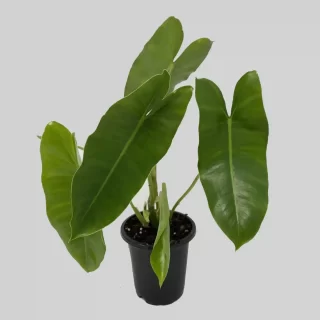
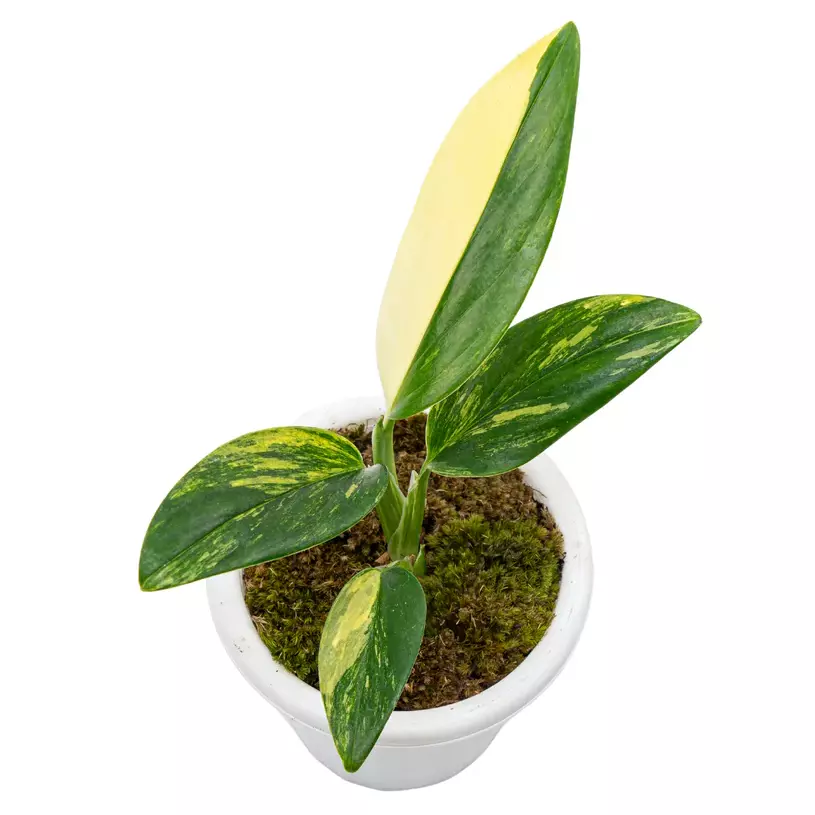
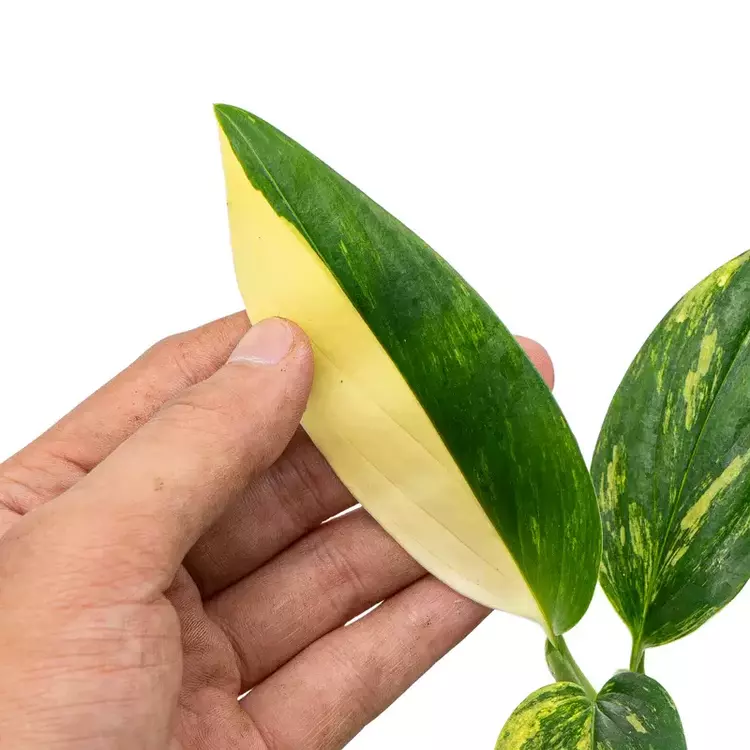
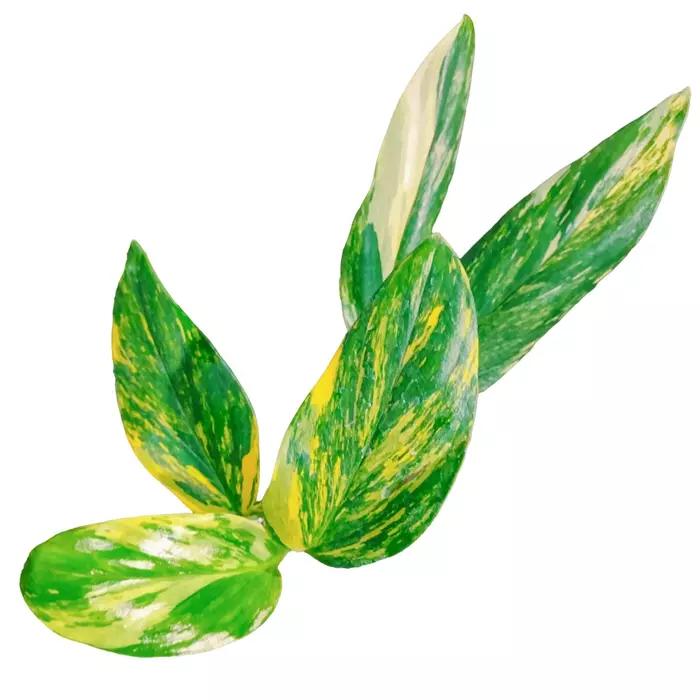
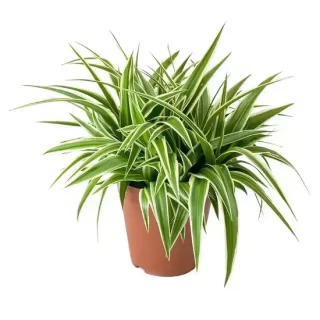
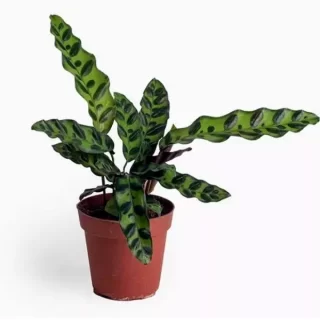
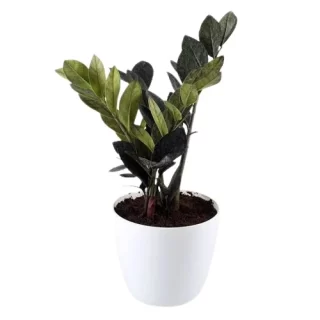
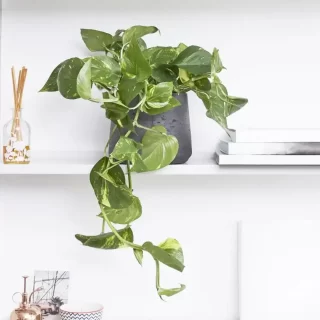
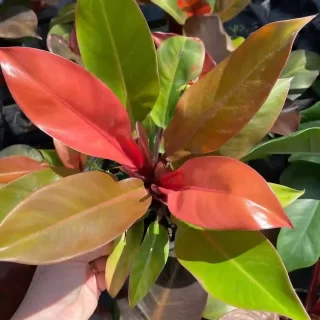
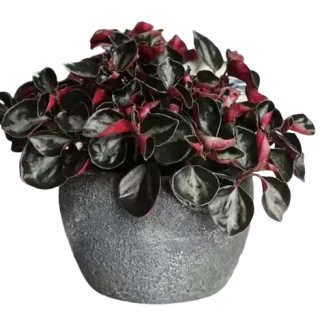
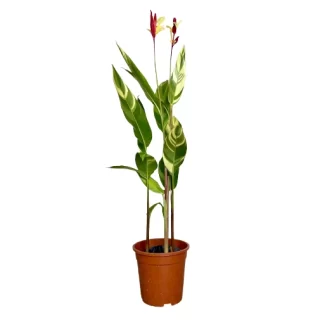
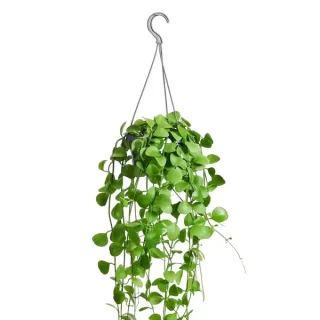
 If you need any assistance, I'm always here. Have you found what you were looking for?
If you need any assistance, I'm always here. Have you found what you were looking for?
Reviews
There are no reviews yet.